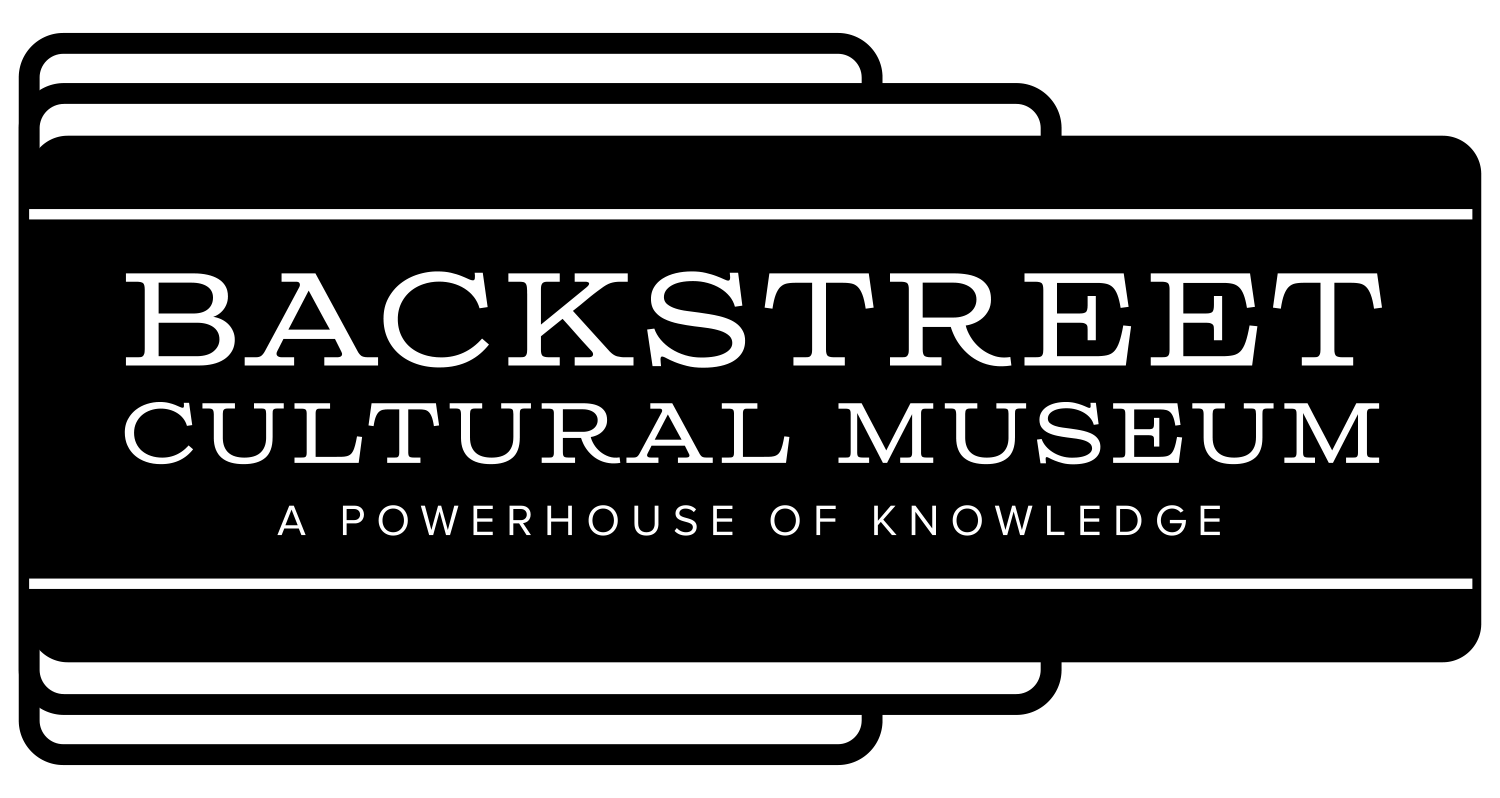
COLLECTION
The Backstreet Cultural Museum is home to collections of costumes, artifacts, memorabilia, photographs, films, and other materials important to New Orleans’ African American culture. Our collections inform and enlighten visitors of all ages. The collections continue to grow with donations of new objects that incorporate unique influences while simultaneously maintaining traditional styles.
EXHIBITIONS
The Backstreet Cultural Museum’s permanent exhibits, from displays on Mardi Gras Indians, to social aid and pleasure clubs, and jazz funerals, reveal a particular view on life. The exhibits illuminate African American history in the struggles against slavery and disenfranchisement and for freedom. The artisans who created the objects know hardship, yes. But they also know how to live triumphantly and express the beauty of life; something that no hardship can ever take away.
The Backstreet Cultural Museum’s exhibitions explore the creative achievements, improvisational brilliance, and collective spirit of New Orleans’ African American society. The exhibits provide opportunities for all visitors to embrace the rich legacy of African American culture.
Film Collection
Museum founder Sylvester Francis began filming New Orleans’ African American parading culture in the late 1970s. Since then, he has amassed films and videotapes that document over 500 jazz funerals. This collection also records more than thirty years of New Orleans’ African American Carnival celebrations, Mardi Gras Indian public performances, and the second-line parades of social aid and pleasure clubs.
The museum’s film collection is available for the public to access. Videos from the collection are shared with a wide audience at the museum’s annual exhibit during the New Orleans Jazz & Heritage Festival. The museum regularly screens its films at schools and other venues in the Tremé neighborhood.
Mardi Gras Indians
The Backstreet Cultural Museum is proud to host an extensive collection of Mardi Gras Indian regalia, including suits of Big Chiefs, Queens, Flag Boys, Wild Men, and more.
The Mardi Gras Indians are one of New Orleans’ greatest cultural treasures. Every year, the tribes take to the streets, bringing generations of history right along with them. Each suit is an elaborate design of beads, feathers, plumes, and stones: the result of a year’s worth of labor, time, money, and creativity.
The Mardi Gras Indian tradition is rooted in a legacy of resistance. Enslaved Africans, escaping the dehumanizing violence of the plantation, found hospice with Native Americans. The Mardi Gras Indian tribes are noted for their exquisite costumes, public performances at Carnival, and their musical contributions. The Mardi Gras Indians of New Orleans endure as the preservers of a distinctive cultural legacy.
Skull and Bone Gangs
The museum’s holdings include costumes and objects related to the North Side Skull and Bone gang, one of the oldest African American processional traditions of New Orleans.
The Skull and Bone gangs serve to bless Carnival by stirring the spirits, thus warding off sickness and injury and ensuring a safe celebration. In the early hours of Mardi Gras day, the Skull and Bone gangs roam the streets, walking with stilts, wearing handcrafted skulls, skeleton suits, and carrying animal bones. With harmless mischief—knocking on doors, beating drums, shouting and singing—they alert the community that Mardi Gras has arrived.
Baby Dolls
The exhibits contain costumes and artifacts related to the Baby Dolls tradition.
The Baby Dolls are a New Orleans’ African American Carnival tradition that dates to the first half of the twentieth century. The Baby Dolls are made up of women wearing fancy dresses who parade through Tremé and other largely African American neighborhoods. After decades of being inactive, the Baby Dolls tradition was revived in 2004 and is growing stronger each year. It is a beautiful sight to encounter Indians, Skeletons, and Baby Dolls gathering at the Backstreet Cultural Museum on Mardi Gras Day.
Jazz Funerals
The museum’s collection includes films and videos, photographs, obituary records, and memorabilia from jazz funerals in New Orleans over the last thirty years.
There is an African American proverb that advises us to cry at birth and laugh at death. No tradition better exemplifies this than the jazz funerals of New Orleans. Jazz funerals are an important ritual that sustains the community and links it to the ancestors.
The jazz funerals of New Orleans date to the beginning of the twentieth century. Many jazz funeral processions are held each year, often to honor musicians or members of social aid and pleasure clubs.
After the church ceremony, the casket is led to the cemetery by the slow, somber dirges and hymns of a brass band. After the burial, however, to signify that the time for mourning is over, the band picks up the tempo, followers of the procession break into dances, and the second-line parade begins: a celebration to send the loved one’s spirit into the afterlife.

